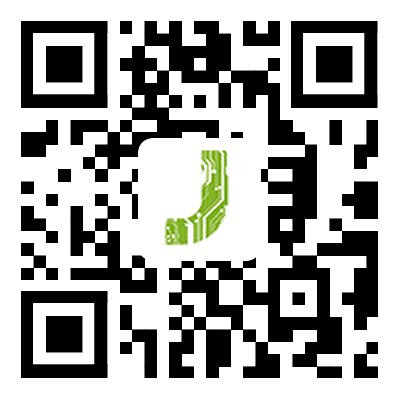 English
English-
 English
English -
 Español
Español -
 Português
Português -
 русский
русский -
 Français
Français -
 日本語
日本語 -
 Deutsch
Deutsch -
 tiếng Việt
tiếng Việt -
 Italiano
Italiano -
 Nederlands
Nederlands -
 ภาษาไทย
ภาษาไทย -
 Polski
Polski -
 한국어
한국어 -
 Svenska
Svenska -
 magyar
magyar -
 Malay
Malay -
 বাংলা ভাষার
বাংলা ভাষার -
 Dansk
Dansk -
 Suomi
Suomi -
 हिन्दी
हिन्दी -
 Pilipino
Pilipino -
 Türkçe
Türkçe -
 Gaeilge
Gaeilge -
 العربية
العربية -
 Indonesia
Indonesia -
 Norsk
Norsk -
 تمل
تمل -
 český
český -
 ελληνικά
ελληνικά -
 український
український -
 Javanese
Javanese -
 فارسی
فارسی -
 தமிழ்
தமிழ் -
 తెలుగు
తెలుగు -
 नेपाली
नेपाली -
 Burmese
Burmese -
 български
български -
 ລາວ
ລາວ -
 Latine
Latine -
 Қазақша
Қазақша -
 Euskal
Euskal -
 Azərbaycan
Azərbaycan -
 Slovenský jazyk
Slovenský jazyk -
 Македонски
Македонски -
 Lietuvos
Lietuvos -
 Eesti Keel
Eesti Keel -
 Română
Română -
 Slovenski
Slovenski
Do you know what are the 3 types of PCB?
2023-04-06
PCB (Printed Circuit Board) is the abbreviation of the printed circuit board, which is mainly used for circuit connection and power transmission in electronic equipment. According to different structures and application scenarios, PCB can be divided into three types: rigid board, flexible board, and rigid-flex board
Rigid plate
Rigid PCB (Rigid PCB) is the most common type of PCB, using hard materials, such as glass fiber or epoxy resin, the board has high rigidity, and is suitable for products that require high stability and precision. Due to its material and structural properties, it is suitable for applications that do not require bending, such as computer motherboards, TV motherboards, lighting, etc.

Flexible board Flexible PCB (Flexible PCB): A flexible PCB is made of flexible materials, such as polyimide or polyester film. The board is flexible and can be bent and curled, suitable for products with limited space. It has good bending performance and flexibility and is ideal for bending and bending applications such as curved screens, handheld devices, and other electronic products that require bending. At the same time, the flexible board also has a good heat resistance and corrosion resistance and can operate stably in complex environments.

Rigid-flex board
Rigid-Flex PCB: Rigid-Flex PCB is a combination of rigid board and flexible board, which can not only meet the requirements of rigid board, but also meet the requirements of the flexible board, and realize free deformation without affecting performance, which can accommodate complex 3D shapes and high-density layouts. It is suitable for electronic products that need to be bent and folded, and used in some special applications, such as automotive electronics, medical equipment, etc. Rigid-flex is a relatively new technology that is increasingly used in high-end electronics.
Rigid plate
Rigid PCB (Rigid PCB) is the most common type of PCB, using hard materials, such as glass fiber or epoxy resin, the board has high rigidity, and is suitable for products that require high stability and precision. Due to its material and structural properties, it is suitable for applications that do not require bending, such as computer motherboards, TV motherboards, lighting, etc.

Flexible board Flexible PCB (Flexible PCB): A flexible PCB is made of flexible materials, such as polyimide or polyester film. The board is flexible and can be bent and curled, suitable for products with limited space. It has good bending performance and flexibility and is ideal for bending and bending applications such as curved screens, handheld devices, and other electronic products that require bending. At the same time, the flexible board also has a good heat resistance and corrosion resistance and can operate stably in complex environments.

Rigid-flex board
Rigid-Flex PCB: Rigid-Flex PCB is a combination of rigid board and flexible board, which can not only meet the requirements of rigid board, but also meet the requirements of the flexible board, and realize free deformation without affecting performance, which can accommodate complex 3D shapes and high-density layouts. It is suitable for electronic products that need to be bent and folded, and used in some special applications, such as automotive electronics, medical equipment, etc. Rigid-flex is a relatively new technology that is increasingly used in high-end electronics.
Previous:What is the function of PCB?
X
We use cookies to offer you a better browsing experience, analyze site traffic and personalize content. By using this site, you agree to our use of cookies.
Privacy Policy



